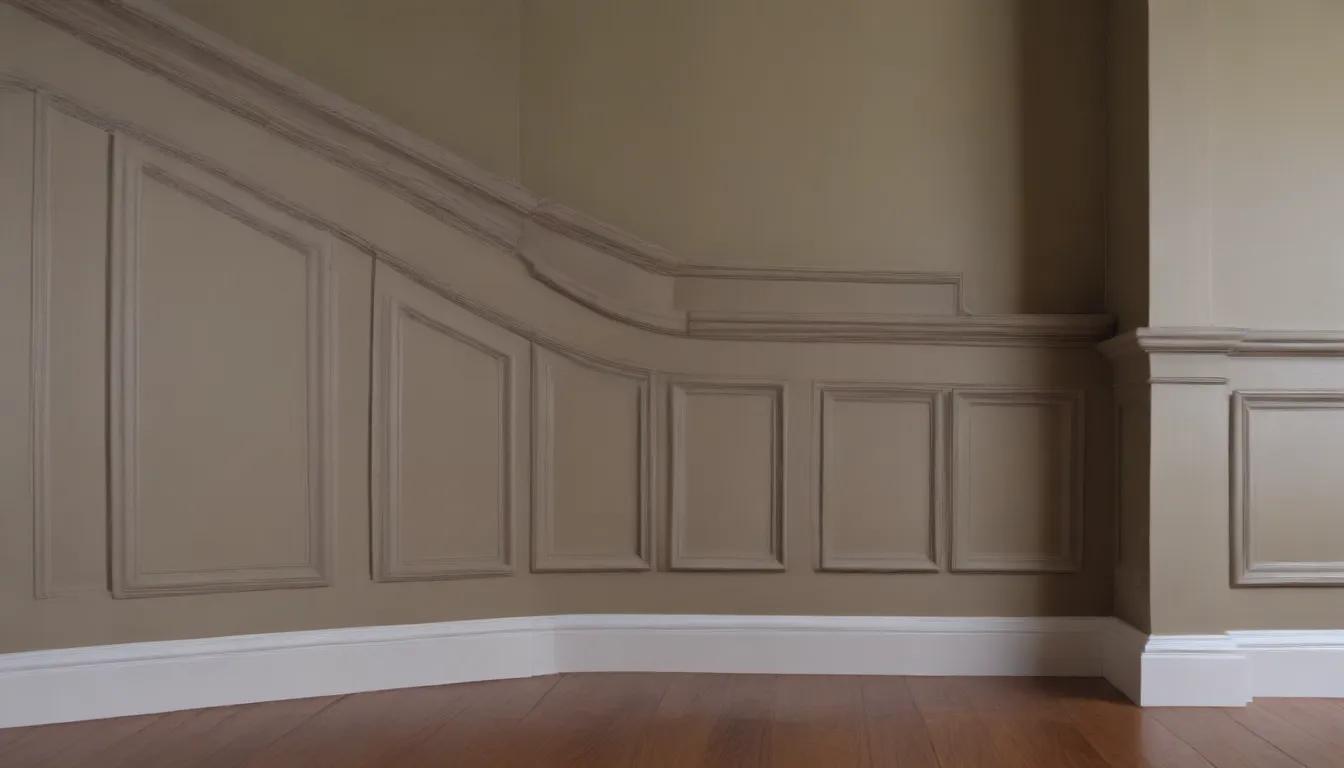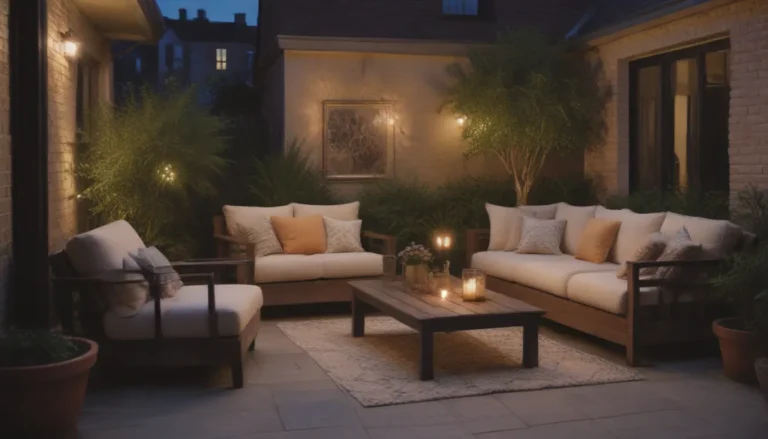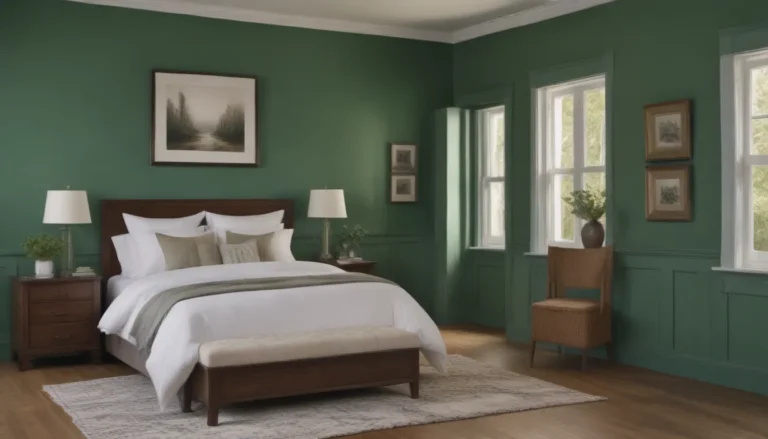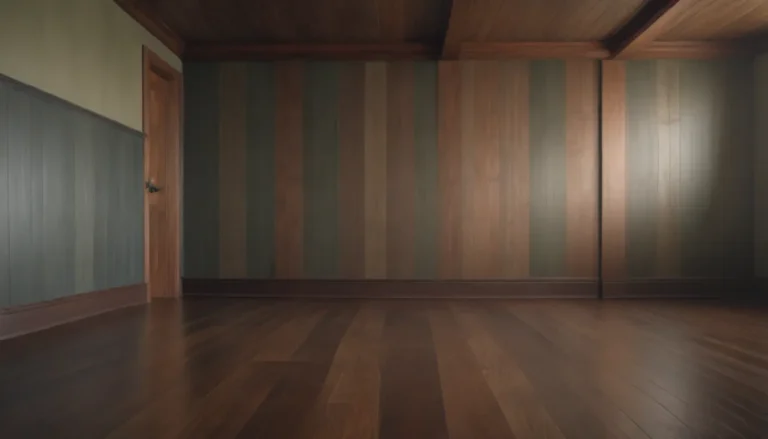All You Need to Know About Wainscoting

Welcome to our guide on wainscoting! If you’ve ever wondered what wainscoting is or how to incorporate it into your home, you’ve come to the right place. Wainscoting is a timeless architectural feature that not only adds visual interest to a room but also serves a practical purpose by protecting your walls from wear and tear. In this comprehensive article, we’ll dive into everything you need to know about wainscoting, including its various types, installation tips, average costs, and more.
What Is Wainscoting?
Wainscoting is a decorative wall application that covers the bottom section of a wall. It typically consists of paneling, side stiles, and a strip of molding at the top. Adding wainscoting to your home not only enhances the aesthetic appeal of a room but also increases durability by acting as a “bumper” for your drywall, reducing the chances of dings and nicks.
When it comes to finishing wainscoting, you have the option to stain the wood for a classic look or paint it in a semi-gloss finish for a more contemporary feel. You can also experiment with adding wallpaper above the wainscoting to create a unique and personalized touch to your space.
There are four main types of wainscoting to choose from, each offering a distinct look and feel:
Raised Panel
Raised panel wainscoting features panels that sit flush with the surrounding trim and molding, with a beveled edge that adds depth and dimension.
Flat Panel
Flat panel wainscoting is the opposite of raised panel wainscoting, featuring flat panels without beveled edges installed behind the stiles and top molding.
Beaded Panel
Beaded panel wainscoting showcases thin, individual boards installed side-by-side for a textured look. It can be found with or without stiles and offers a classic, timeless aesthetic.
Wall Panel
Wall panel wainscoting is a cost-effective option that utilizes the existing drywall as panels, with wood stiles and top molding providing the decorative elements.
Wainscoting Height and Placement
Traditionally, wainscoting covers the bottom third of the wall. For walls that are 96 inches tall, the wainscoting should measure approximately 32 inches high, including the decorative molding and baseboards. However, you can always customize the height to suit your preferences, with wainscoting that covers two-thirds of the wall being a popular choice for rooms with taller ceilings.
In terms of sizing and placement, the top molding strip and stiles should be slightly smaller than the baseboards, with panel widths varying but commonly set at 48 inches.
Average Cost
The cost of installing wainscoting with wood panels averages around $1,600, but can vary based on materials and labor. Opting for wall panel wainscoting or cheaper materials like MDF or plywood can significantly reduce costs, with prices ranging from $6 to $22 per square foot depending on the material chosen.
Other Types of Wall Paneling
In addition to wainscoting, there are numerous other types of wall paneling options available, some of which extend from floor to ceiling. These options can be used to add texture and architectural interest to a room, similar to wainscoting. However, wainscoting typically only covers the bottom section of the wall and should generally not exceed 1/3 of the total wall height.
Key Considerations When Installing Wainscoting
- Think about the purpose: Consider whether you want wainscoting for aesthetic purposes or for added wall protection in high-traffic areas.
- Choose the right type: Select the type of wainscoting that best suits your style and complements the existing decor of the room.
- Customize the height: Tailor the height of the wainscoting to match the proportions of the room and ceiling height.
- Consider the cost: Factor in the cost of materials and installation when planning for wainscoting in your home.
- Get creative: Experiment with different finishes, colors, and patterns to personalize your wainscoting design.
In conclusion, wainscoting is a versatile and practical way to enhance the look of your home while providing valuable wall protection. By understanding the different types, installation considerations, and costs associated with wainscoting, you can make an informed decision on whether this architectural feature is right for your space.
Whether you’re looking to add a touch of elegance to your dining room or create a durable solution for a high-traffic area, wainscoting offers a timeless and stylish solution for homeowners. If you’re considering wainscoting for your next home improvement project, use this guide as a valuable resource to help you navigate the process with ease and confidence.





